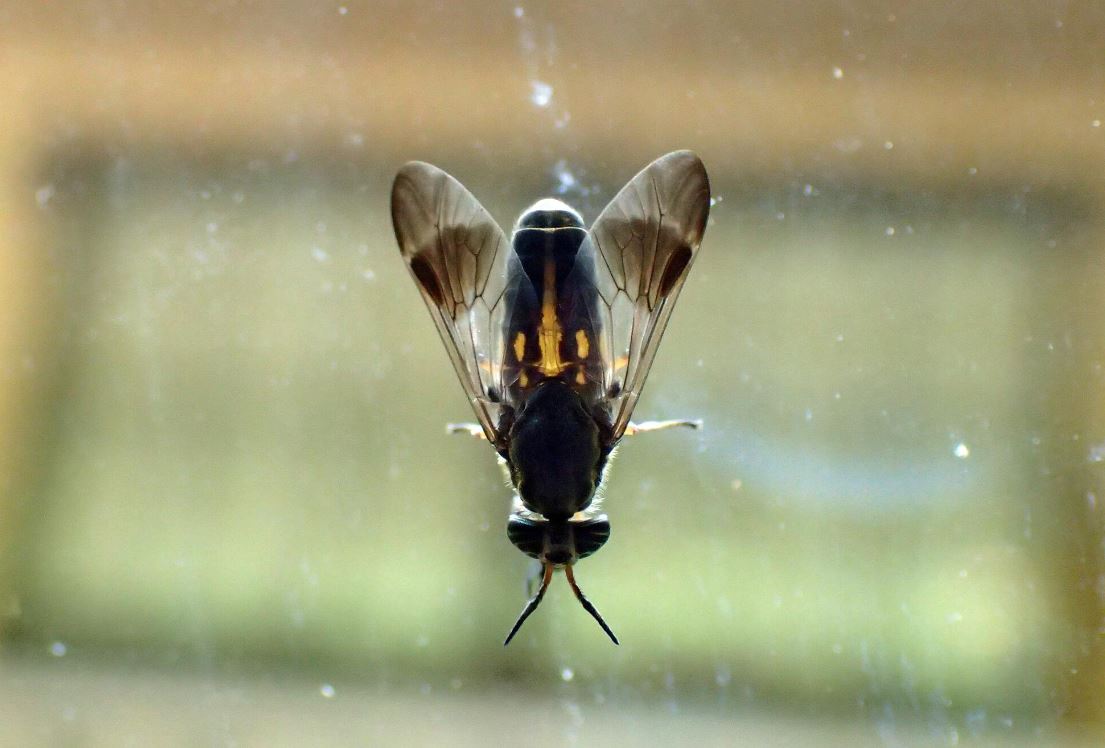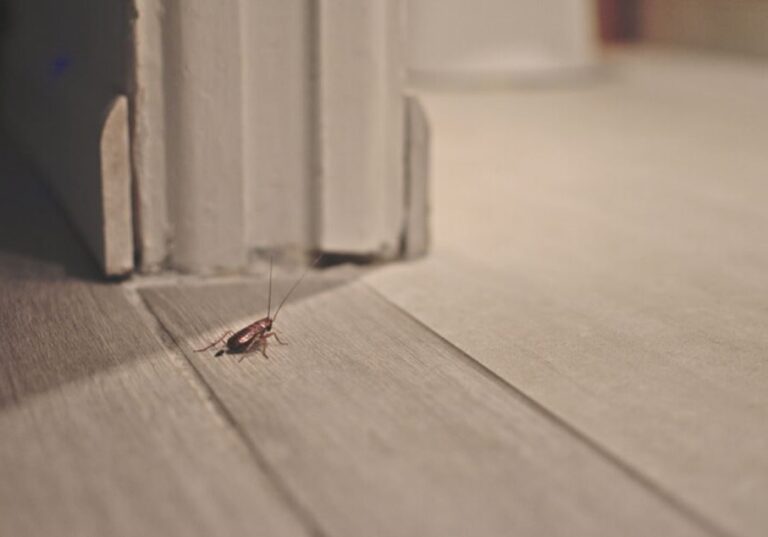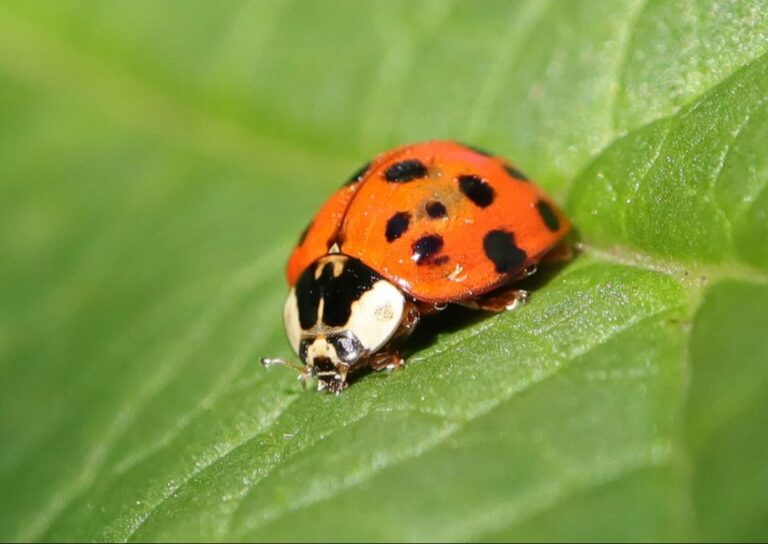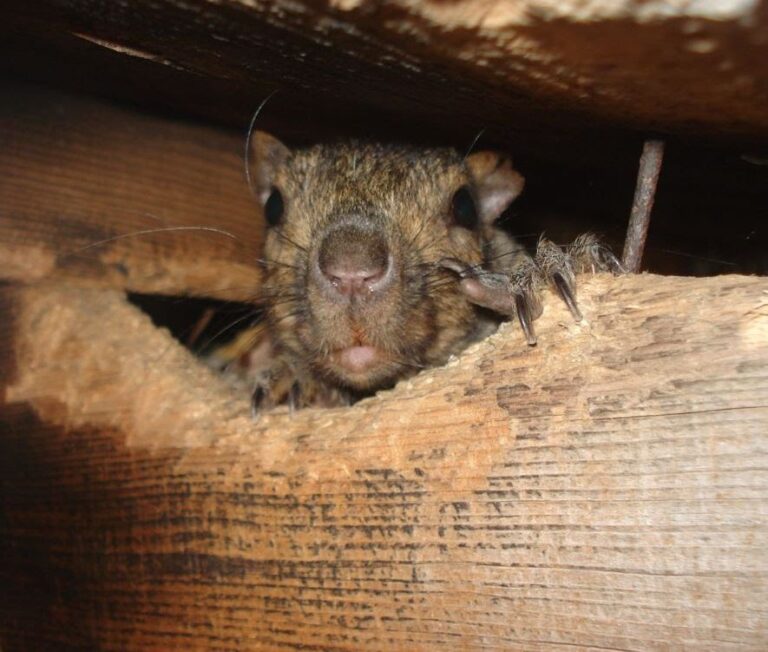How to Identify Biting Flies | Types of Biting Flies Full Guide
Biting flies are more than just a nuisance—they can cause painful bites, transmit diseases, and ruin outdoor activities. Whether you’re hiking, gardening, or simply enjoying a backyard barbecue, knowing how to identify these pests can help you avoid their bites and take proper preventive measures.
In this comprehensive guide, we’ll explore the most common types of biting flies, their identifying features, habitats, and the risks they pose. By the end, you’ll be equipped with the knowledge to recognize and protect yourself from these unwelcome insects.
Why Should You Learn to Identify Biting Flies?
Biting flies are not all the same—some deliver painful bites, while others can spread serious illnesses like malaria, West Nile virus, or tularemia. Recognizing them helps in:
- Avoiding painful bites
- Preventing disease transmission
- Choosing the right repellent or control method
Let’s dive into the most common types of biting flies and how to spot them.
Common Types of Biting Flies & How to Identify Them
1. Mosquitoes (Family: Culicidae)
Identification:
- Size: 3–6 mm long
- Color: Varies (gray, brown, or black with white markings)
- Distinctive Features: Long, needle-like proboscis (mouthpart), slender bodies, and scaly wings.
- Behavior: Most active at dawn and dusk; produce a high-pitched buzzing sound.
Habitat:
- Thrive near standing water (ponds, marshes, clogged gutters).
Risk:
- Can transmit malaria, dengue, Zika virus, and West Nile virus.
2. Horse Flies (Family: Tabanidae)
Identification:
- Size: ½ to 1¼ inches long (larger than house flies)
- Color: Dark brown or black, often with metallic green or blue eyes.
- Distinctive Features: Large, stout bodies, razor-like mouthparts, and iridescent eyes.
- Behavior: Aggressive biters; target livestock and humans, especially on sunny days.
Habitat:
- Found near water sources like lakes, streams, and marshes.
Risk:
- Painful bites that can bleed; may transmit tularemia and other bacterial infections.
3. Deer Flies (Genus: Chrysops)
Identification:
- Size: ¼ to ⅓ inches long
- Color: Yellowish or brown with dark bands on wings.
- Distinctive Features: Striped bodies, large colorful eyes, and a zigzag flight pattern.
- Behavior: Swarm around the head and shoulders; bite in quick, repeated strikes.
Habitat:
- Prefer wooded areas, wetlands, and near livestock.
Risk:
- Can spread tularemia (rabbit fever) and cause allergic reactions.
4. Black Flies (Family: Simuliidae)
Identification:
- Size: 1–5 mm (tiny but vicious)
- Color: Dark brown or black, humpbacked appearance.
- Distinctive Features: Short legs, broad wings, and a hunched thorax.
- Behavior: Swarm in large numbers near running water; bite exposed skin.
Habitat:
- Found near fast-moving streams and rivers.
Risk:
- Bites can cause swelling and “black fly fever” (headache, nausea).
5. Sand Flies (Subfamily: Phlebotominae)
Identification:
- Size: 1.5–3.5 mm (very small)
- Color: Pale brown or gray, hairy wings.
- Distinctive Features: Long, thin legs and a fuzzy appearance.
- Behavior: Most active at night; bite ankles and legs.
Habitat:
- Common in tropical and subtropical regions, sandy areas.
Risk:
- Transmit leishmaniasis, a parasitic disease.
6. Stable Flies (Stomoxys calcitrans)
Identification:
- Size: ¼ inch (resemble house flies)
- Color: Gray with dark stripes on the thorax.
- Distinctive Features: Pointed proboscis (visible when not feeding).
- Behavior: Bite ankles and legs; often found near livestock.
Habitat:
- Breed in decaying vegetation, manure, and wet hay.
Risk:
- Painful bites; can transmit anthrax and other pathogens.
How to Protect Yourself from Biting Flies
Now that you can identify these pests, here’s how to minimize bites:
✅ Use Insect Repellent – DEET, picaridin, or oil of lemon eucalyptus are effective.
✅ Wear Protective Clothing – Long sleeves, pants, and hats reduce exposed skin.
✅ Avoid Peak Activity Times – Many biting flies are most active at dawn/dusk.
✅ Eliminate Breeding Sites – Remove standing water, clean up manure, and keep grass trimmed.
✅ Install Screens & Traps – Use fine mesh screens and fly traps in high-risk areas.
Final Thoughts
Biting flies can turn a pleasant day outdoors into an itchy, painful ordeal. By learning to identify them, you can take targeted steps to avoid them and reduce the risk of bites and diseases.
Did you find this guide helpful? Share your experiences with biting flies in the comments below! Have you encountered any of these pests before? Let us know how you dealt with them.





![How Much Does Snake Removal Cost? [2025 Data]](https://slashandscroll.com/wp-content/uploads/2025/07/Snake-removal-cost-768x619.jpg)

